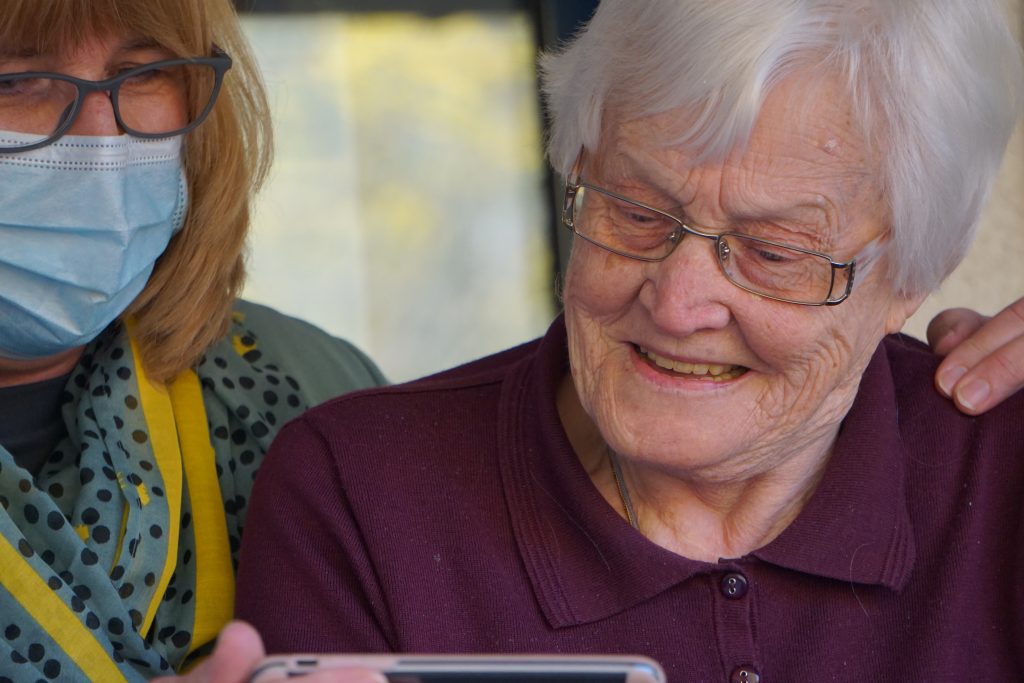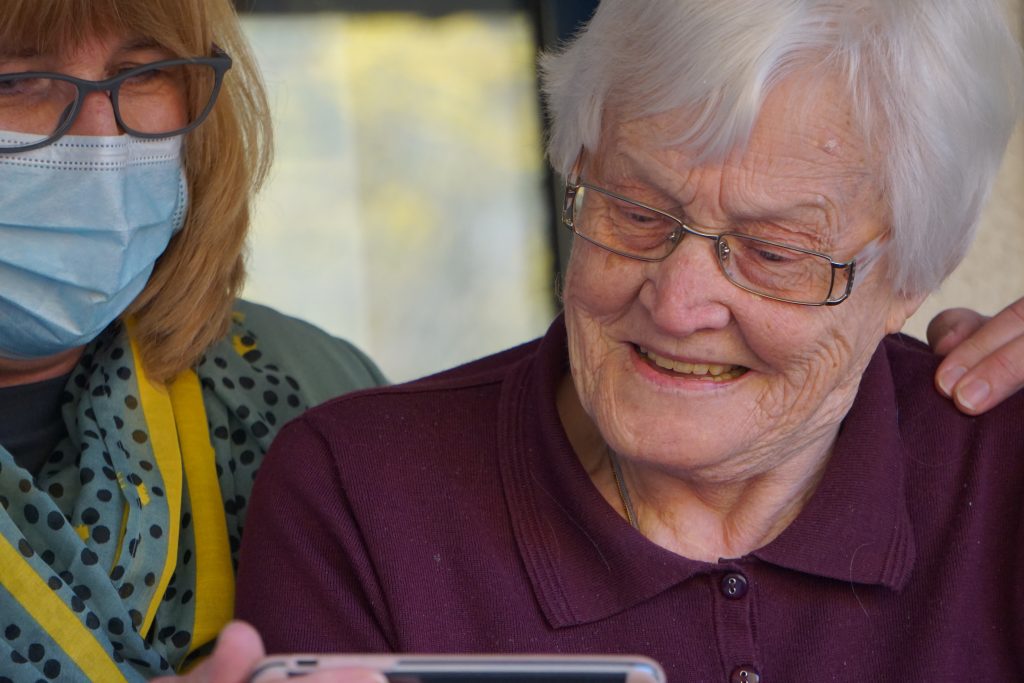
The two years of the COVID-19 pandemic so far have brought plenty of unexpected challenges and hardships for those in any stage. Of course, it’s important to protect everyone during the pandemic, but it’s an undeniable fact that certain groups are more at risk for and from the disease. This, of course, includes your elderly loved ones. Let’s work to prioritize pandemic protection for the high risk. If you want to keep your seniors safe through the pandemic, here’s everything you need to know about PPE.
What is PPE?
PPE stands for Personal Protective Equipment, which is typically a preventative measure used to protect against health or safety concerns. In the context of the COVID-19 pandemic, PPE refers to the equipment worn to minimize exposure to the disease and reduce infection rates. Commonly, we think of wearing a face mask as being this preventative measure, but PPE is more than just a mask. Originally, the CDC recommended using PPE when caring for or coming into contact with those who are either confirmed or suspected to be positive with COVID-19, including a face shield or goggles, a face mask that includes an N95 or higher respirator, a pair of clean non-sterile gloves, and an isolation gown.
It’s also important to recognize that recommendations from the CDC about PPE for the novel coronavirus pandemic will not necessarily remain static. Additional updates will likely keep coming as the pandemic continues.
When Do I Need to Wear PPE?
We want to keep our seniors safe, so we want to make sure that we wear Personal Protective Equipment when it is necessary. Typically, seniors living in an assisted living home, retirement home, or rest home will have clear rules in their facility about PPE and regular masks. However, if your loved one lives at home, you may not be sure when to wear PPE. In general, it’s a good idea to air on the side of caution. If either you or your loved one could have been exposed to the virus or is experiencing symptoms, you should wear PPE. Or, even if no one’s been exposed, but you and/or your loved one would be more comfortable with more layers of protection, then you should keep your PPE on.
Care facilities for the elderly, when allowing visitors, will often provide the necessary PPE requirements to ensure guest compliance with these measures. If your loved one lives with you or in their own home, you’ll need to secure your own PPE to wear.
Get Into the Details
PPE doesn’t do much good if it isn’t worn correctly. So, don’t be afraid to get into the details of proper PPE. Ask for help if you aren’t sure. In general, it’s better to be safe than sorry. Remember, a regular face mask is not the same thing as the respirator mask worn in full Personal Protective Equipment. Similarly, you should not short yourself out on the quality of your gloves. Finding the right type of disposable gloves is important for your comfort, but even more for the safety of you and your elderly loved ones.
Physical Safety Does Not Need to Mean Emotional Distance
PPE and social distancing requirements may make it hard to feel like you can connect with your elderly loved ones during the pandemic, even when you do get to visit them in person. But physical safety does not need to mean emotional distance. Get your senior loved one support around the clock to ensure not only physical but also emotional safety and support. The pandemic does not have to decrease socialization and companionship opportunities, even if they look a little different than what we might expect.

